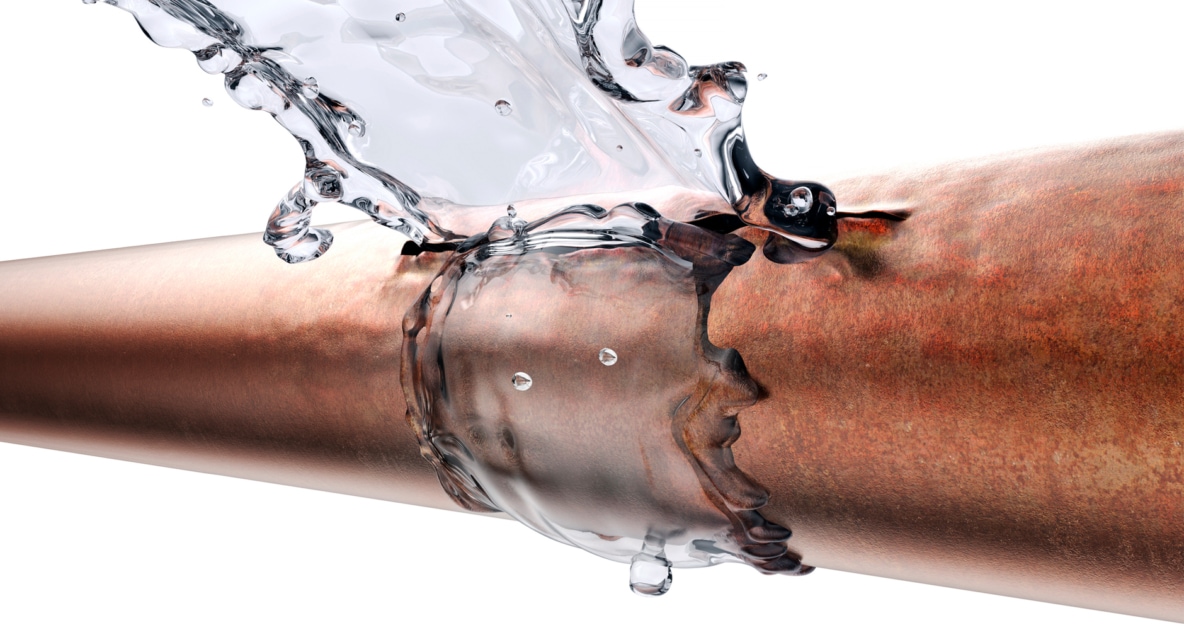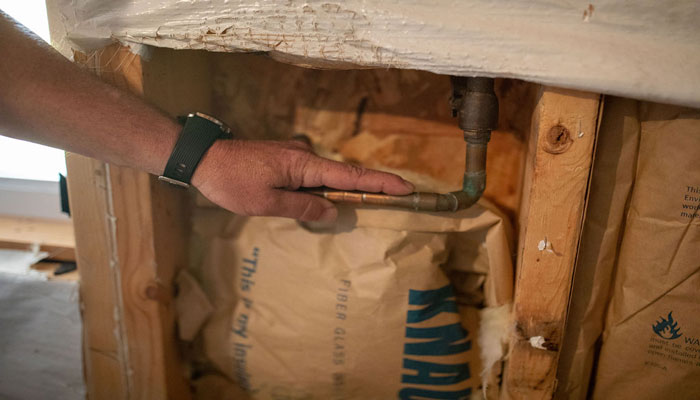Stop the Flood: Strategies for Identifying as well as Fixing Ruptured Pipes
Stop the Flood: Strategies for Identifying as well as Fixing Ruptured Pipes
Blog Article
We have come across the article on What to Know Before Installing a Dishwasher listed below on the web and figured it made good sense to talk about it with you on this site.

A ruptured pipe is a significant emergency; you can just stand as you view water you pay very much to rejoin with the earth. In even worse instances, you notice a pool on your cooking area floor, which is an excellent journey risk, particularly if you have kids around. If the pipeline that burst was in your wall surfaces, trouble: you might need to repaint that whole area.
How can a disaster like a ruptured pipeline be prevented as well as handled? Well, by listening to your professional emergency plumbings and complying with these guidelines.
Just how do I know when my pipes have burst?
Fluctuating water pressures
Pipelines do not just burst in a day. You might have noticed that your kitchen tap or shower doesn't run quickly when you transform the faucet. It may pause for a few secs and afterwards blast you with even more pressure than usual.
In other instances, the water may seem typical in the beginning, after that decrease in stress after a couple of seconds.
Wet walls and water spots
Before a pipe bursts, it will leak, a lot of times. If this consistent dripping goes undetected, the leakage might finish right into a vast wound in your pipeline. One very easy means to prevent this emergency is to look out for damp wall surfaces advertisement water discolorations. These water stains will certainly lead you right to the leakage.
Puddles under pipelines and also sinks
When a pipeline ruptureds, the discharge creates a pool. It may show up that the puddle is growing in size, and no matter the amount of times you wipe the pool, in a couple of minutes, there's another one waiting to be cleaned up. Typically, you may not be able to map the pool to any type of noticeable pipes. This is a sign to call a professional plumber.
Untraceable trickling sounds
Pipeline bursts can happen in the most undesirable areas, like within concrete, inside wall surfaces, or under sinks. When your home goes silent, you may have the ability to listen to an aggravatingly consistent leaking noise. Even after you've examined your shower head and also kitchen area tap, the trickling might continue.
Beloved visitor, the dripping might be originating from a pipe inside your wall surfaces. There isn't much you can do concerning that, except inform a professional plumber.
Shut off the Water
When water ices up, it broadens in volume by about 9 percent. And also it broadens with incredible pressure: The pressure inside pipelines might go from 40 pounds per square inch to 40,000 psi! No pipe can hold that much stress, so it breaks open. The break may take place where the ice types, but more often, it takes place where water pressure locates a weak point in the pipe. That might be inches or perhaps feet from the frozen location. Discover the water shutoff valve and also shut off the water to prevent even more damage. You might additionally need to shut down the power as well, relying on where the leaks takes place and just how huge it is.
Contaminated water
Lots of people assume a ruptured pipe is a one-way electrical outlet. Rather the contrary. As water spurts of the hole or tear in your plumbing system, contaminants discover their method.
Your water may be infected from the source, so if you can, examine if your water storage tank has any troubles. However, if your drinking water is provided and detoxified by the city government, you need to call your plumber promptly if you see or scent anything funny in your water.
What do I do when I detect a burst pipeline?
Your water meter will certainly continue to run also while your water wastes. To minimize your losses, locate the major controls as well as transform the supply off. The water mains are an above-ground framework at the edge of your home.
How to Fix & Detect a Leaking Pipe
How Do I Know if a Pipe is Leaking?
Leak detection tests can help you determine if your pipe has a leak. Even if you don’t see an apparent leak, you should still conduct leak detection tests regularly to save water and money—and prevent major damage to your home.
Water meter. It can be helpful to figure out what your usual water meter usage numbers are and then monitor them regularly. To monitor your meter, first, turn off all water faucets in your home. Check the meter and write down the numbers. In a few hours, check the meter again. If the numbers have changed, you have a leak. Water gauge. Use a water gauge to test your water pressure. Your showerhead should produce a certain amount of water pressure based on its model and design. If the pressure is lower than it is supposed to be for that specific showerhead, your home likely has a leak. Puddles. Look inside your bathroom, laundry, and kitchen sink cabinets. Puddles around the cabinets or around toilets, tubs, showers, and washing machines indicate the presence of a leaking pipe. You may also notice loose tiles, peeling or flaking paint, or mold caused by water accumulation. Napkin test. Even if you don’t see any puddles, you may still have a leak. You can test for water leaks in the bathroom, laundry, and kitchen by wiping below-sink connections with a napkin, paper towel, or piece of toilet paper. If it becomes damp, you probably have a leaking pipe under the sink. Discolored walls. Walls that are discolored—usually with brown or yellow stains—or bulging might mean that they have been impacted by water damage caused by a leaking pipe. Smell. A leaky pipe will create sitting water, and over time, that water may develop a musty smell. If your home smells musty, but you can’t locate the source, it may be due to a leak. Steps for Fixing a Leaking Pipe
A leaky drain can be remedied by tightening the pipe base, replacing the drain seal, caulking the rim, and tightening the pipe nut. Similarly, a leaking toilet pipe can be treated by tightening the packing nut. You may also need to replace the valve. A leaky faucet may just need tightening or replacement of the washers. If that doesn’t work, consider replacing your faucet. If your pipe has a hole in it, you may want to use a pipe leak sealer or pipe leak tape. This quick fix for water pipe leaks can also temporarily fix a copper pipe leak. https://www.ahs.com/home-matters/quick-tips/how-to-tell-if-pipes-are-leaking/

Do you appreciate more info about How to Prepare for Your Dishwasher Installation? Try leaving a review directly below. We would be pleased to see your suggestions about this blog post. We are looking forward that you visit us again before long. Liked our entry? Please share it. Let other people discover it. We truly appreciate reading our article about How to Install and Connect a New Dishwasher.
Visit Page
Report this page